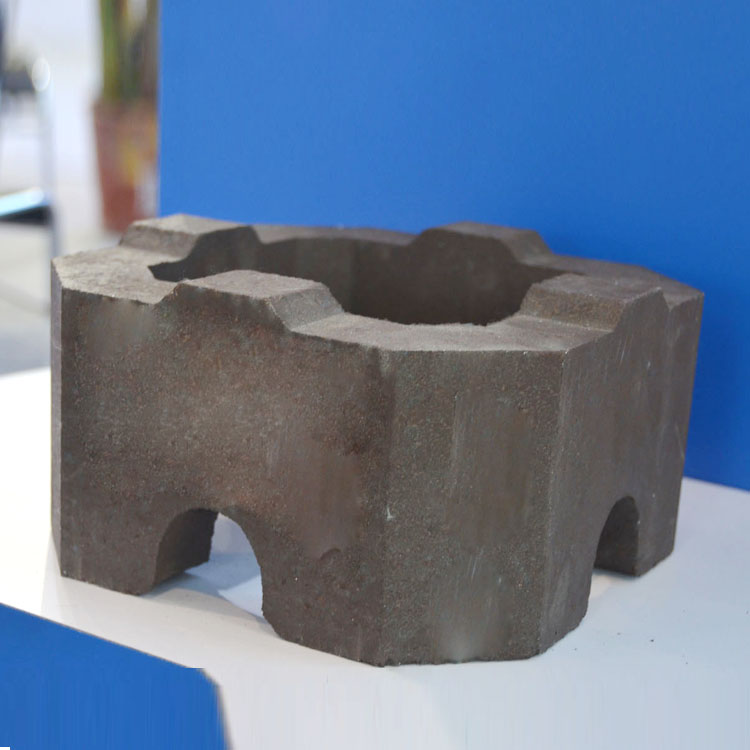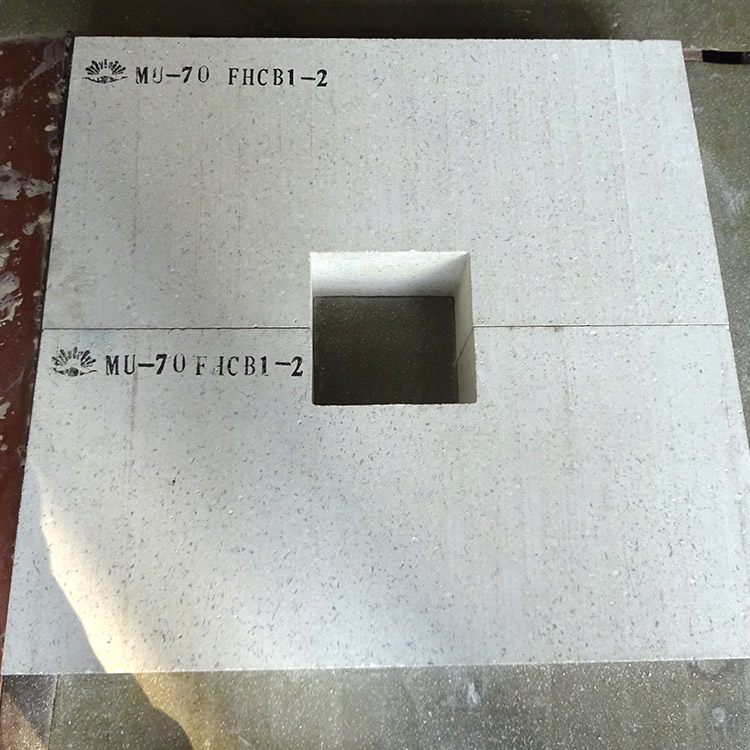
High-temperature magnesia-chrome bricks are a perfect solution for addressing the pain points in high-temperature operations. These bricks are characterized by high refractoriness, excellent thermal shock stability, strong corrosion resistance, and remarkable slag resistance. With these outstanding properties, they have become a preferred choice in various high-temperature industrial scenarios.

One of the key advantages of high-temperature magnesia-chrome bricks is their ability to significantly improve the efficiency of high-temperature operations. Firstly, they can effectively reduce material damage. In high-temperature environments, many common materials are prone to melting, cracking, or deformation. However, magnesia-chrome bricks can withstand temperatures up to 1800°C, ensuring the integrity of the lining materials and reducing the loss of materials.
Secondly, they lower the replacement frequency. Traditional refractory materials may need to be replaced every few months due to wear and tear. In contrast, high-temperature magnesia-chrome bricks can last for 1 - 2 years under normal operating conditions, saving a great deal of time and labor costs associated with replacement.
Moreover, these bricks can protect equipment. By providing a stable and reliable lining, they prevent high-temperature heat and corrosive substances from directly contacting the equipment, thereby extending the service life of the equipment. This, in turn, reduces maintenance costs. According to statistics, using high-temperature magnesia-chrome bricks can reduce equipment maintenance costs by about 30% - 40%.
High-temperature magnesia-chrome bricks have been widely used in different high-temperature operation scenarios. In the steel industry, for example, they are used in the lining of steelmaking furnaces. A steel plant in [location] replaced its original refractory bricks with high-temperature magnesia-chrome bricks. As a result, the furnace's service life was extended from 8 months to 18 months, and the frequency of furnace shutdowns for maintenance was reduced by 50%. This not only increased the production efficiency but also saved a large amount of maintenance costs.
In the cement industry, these bricks are used in the kiln lining. A cement factory reported that after using high-temperature magnesia-chrome bricks, the kiln's thermal efficiency increased by 15%, and the clinker output increased by 10%. At the same time, the wear rate of the kiln lining was significantly reduced, and the replacement cycle was extended from 6 months to 15 months.

When compared with similar products such as magnesia bricks, high-temperature magnesia-chrome bricks have obvious advantages. Magnesia bricks have relatively good refractoriness but are relatively weak in terms of thermal shock stability and corrosion resistance. High-temperature magnesia-chrome bricks, on the other hand, combine high refractoriness with excellent thermal shock stability and strong corrosion resistance.
In a comparative test, magnesia bricks showed signs of cracking after 10 thermal cycles, while high-temperature magnesia-chrome bricks remained intact after 50 thermal cycles. In terms of corrosion resistance, high-temperature magnesia-chrome bricks can resist the erosion of various slags and molten metals, which is superior to magnesia bricks.
Using high-temperature magnesia-chrome bricks can bring significant economic benefits to customers. As mentioned above, the reduction in material replacement costs and equipment maintenance costs directly saves a large amount of capital. In addition, the improvement in production efficiency leads to an increase in output. For example, in the steel and cement industries, the increased output due to the use of high-temperature magnesia-chrome bricks can bring additional annual revenues of hundreds of thousands to millions of dollars.
Furthermore, the long service life of these bricks means less downtime for equipment replacement and maintenance, which further improves the overall production efficiency and competitiveness of enterprises.
.jpg)
In conclusion, high-temperature magnesia-chrome bricks are an ideal solution for high-temperature operations. They can effectively solve the pain points in high-temperature operations, improve operation efficiency and quality, and bring better economic benefits to customers. If you are still in the consideration stage, we encourage you to choose high-temperature magnesia-chrome bricks to optimize your production process.
Are you interested in learning more about high-temperature magnesia-chrome bricks? Contact us now for more information or share your opinions and needs with us!


